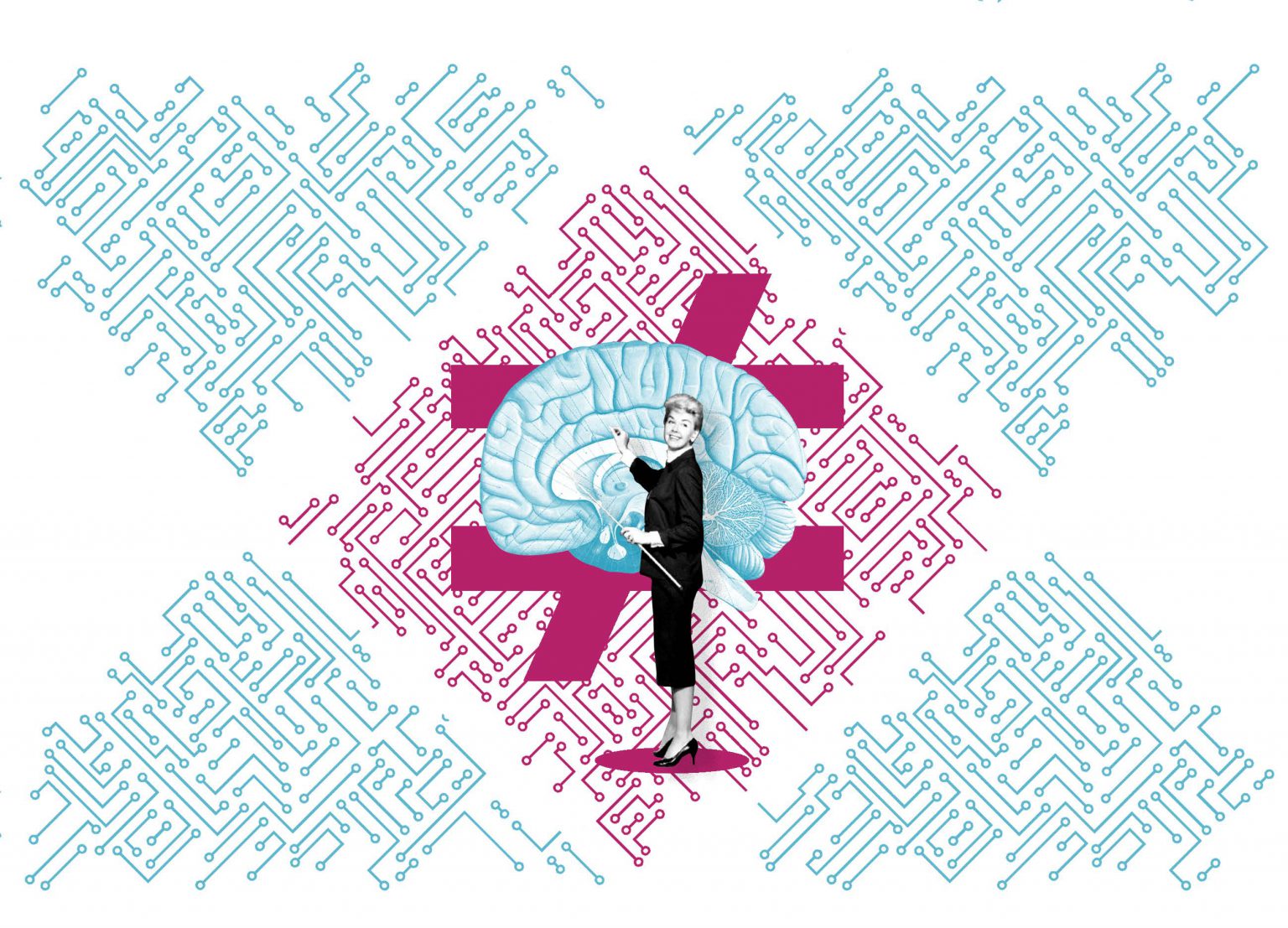Like it or not, the behaviours and capabilities demanded of leaders are changing. More than ever, they are required to lead with purpose, adapt confidently and make bold decisions while surrounded by uncertainty. Call it fluid intelligence, call it skilling for the new VUCA (volatile, uncertain, complex, ambiguous) business arena, but studies are seriously questioning the capability of traditional leadership development programs to support this giant leap in required agility.
With the disruption surrounding organisations throughout the Australia-Pacific region, traditional corporate learning and its opposite number, E-learning, are not inspiring the enormous mindset shift required of leaders today.
Despite leadership development programs drawing more than US $50 billion a year from the collective budgets of companies worldwide, 71 per cent of organisations surveyed by the Brandon Hall Group in 2015 did not feel their executives were able to lead them into the future. More specifically, only seven per cent of organisations surveyed in Harvard’s State of Leadership Development Survey 2016 said their leadership development “tightly aligns with strategy, enjoys executive support, has cultivated a strong talent pipeline and demonstrates an impact on overall success”.
Driven by this crisis in confidence and poor return on investment, Maximus has formulated a new approach that matches the capabilities demanded of leaders. The results are transformative.
In mid-2017, Maximus published its report, The Traditional Approach to Leadership Development is Failing Australia. “In it we talked about how there are too few modalities for rich learning experiences,” says Mark Sowden, Associate Director at Maximus, who heads the Melbourne office. For more than 60 years, corporate learning has looked a lot like higher education. Based on the teacher-student model, it falls into two main categories:
- Instructor-led learning. Instructor-based approaches in classrooms or workshops continue to be reported as the most common learning modality. Training magazine’s 2017 annual report on training in US companies, found that 42 per cent of corporate learning was of the stand-and-deliver variety.
- E-learning, also known as technology-based learning, however, accounts for nearly 30 per cent of corporate learning today, according to Training. Fast, sophisticated software enables tutoring to be scaled and delivered (usually conveniently on demand) to individuals across numerous company sites. It has all the makings of an efficient option.
Maximus is confident that each method will evolve and improve to meet development needs, and continue to be part of the ongoing leadership-development experience. However, it’s becoming increasingly apparent that even in combination, these two learning modes are insufficient, and the space is ripe for the introduction of innovative learning approaches.
“In last year’s report Maximus had recommended that companies commit resources to leader-led learning,” says Sowden. “This year, we’re publishing our white paper, Challenge Accepted, which outlines the benefits of a human-centred design for helping leaders to rapidly respond to change. We were thrilled to find courageous partners in ANZ who were eager to change the bank’s approach.” Financial services is just one example of an industry experiencing enormous flux. Growth in the banking sector is low, new and nimble players have entered and are competing against the incumbents to deliver services. Consumers are demanding seamless digital transactions, but also access to highly trained and empathetic humans. Legislation and data regulation is constantly changing to keep pace with the new environment.
“We are really disrupted as a business and are responding to all those disruptors by transforming the bank – from a financial, digital and cultural perspective,” says Jane Fraser, Group Head of Leadership and Talent at ANZ. “In terms of our cultural transformation we’re introducing new, agile ways of working and we’re driving a purpose- and values-led transformation across the bank.”
“It’s a lot for our leaders,” Fraser adds. “The bank wants leaders not only to personally embrace these changes, but to lead others through a constantly shifting business landscape. Our leaders need to create the right environment for their people to perform and thrive.”

To Maximus, this is a familiar story of businesses in a state of upheaval demanding radically different, highly informed but more flexible leadership from their management teams. Yet, at ANZ, as in so many other organisations, leaders say they don’t have time to attend offsite development courses. Once seen as part – and a perk – of the hierarchical leadership path, the value of leadership training is now questioned by leaders for its relevance to urgent problems and demands. Instructor-led leadership learning is difficult to retain when it’s not immediately acted upon.
A 2014 McKinsey & Company survey found that adults typically retain only 10 per cent of what they hear in classroom-like situations. From a well-structured one- or two-day workshop each attendee may take away about 10 key insights, very few of which they can put into practice right away. Within two to three weeks of completing the course most people don’t recall how to translate those insights into actions. ANZ knew that, “While sending leaders on formal leadership programs is useful, it’s of limited practical business benefit in today’s world,” says Fraser.
And while E-learning may be an avenue for learning about regulatory revisions, it is also inadequate for helping leaders adopt the mindset and behavioural changes required to engage, collaborate with and lead teams through an uncertain future. In fact, as it is most commonly deployed today, E-learning seems to be widely loathed by the business community, with as many as 76 per cent of respondents to one Articulate Global survey, What People Love and Hate About E-learning, describing their experience as tedious.
[FACT]
Adults typically retain only 10% of what they hear in classroom situations
Today’s imperative is for leaders to rapidly and effectively shift from knowledge acquisition to knowledge application. Ironically, this matches with what some educators have known for decades about how adults prefer to learn. Ground-breaking US-based adult educator Malcolm Knowles, who published The Adult learner: A Neglected Species in 1973, identified that to fully comprehend and use new information, adults need learning that is centred on performing common tasks and a self-directed approach that allows for individual discovery.
Experiments in a new mode of bringing about organisational change and leadership development – what Maximus is calling Social Leadership Learning – had shown promise for fulfilling leader-learning needs as well as the needs of organisations.
The term “social” refers to the fact this form of learning is embedded in the daily working lives of leaders and executives, it encourages natural peer-to-peer learning, and it harnesses some of the successes of social media in creating “movements”.
“We then looked at mirroring how social movements such as the Ice Bucket Challenge and R U OK? Day went viral,” says Sowden. “We considered how we could let behaviour change grow within ANZ’s business, like a social movement, driven by the leaders themselves rather than having it forced on them through formal learning.”
In addition, social leadership learning is characterised by being voluntary rather than mandatory; decentralised rather than tightly controlled; community-driven rather than organisation led; and focused on small habits rather than being information dense.
Maximus has long been working with organisations to make business purpose understandable and actionable for all their employees. By defining the purpose of each business in terms of values that drive purpose, you can hone that into leadership behaviours that will enable cohesive change and continuous agility. Turning those behaviours into actions is the key.
ANZ had distilled its desired cultural change into five behaviours that it wanted leaders to routinely demonstrate, including: Be curious; Create shared clarity; and Connect with empathy. Such behaviours are clearly humanistic – relating to human welfare, values and dignity. Maximus felt they were the kinds of behaviours that everyone in ANZ could engage with. It was an opportunity to introduce social leadership learning using a novel design.

“We considered how we could let behaviour change grow in the business, like a social movement, driven by the leaders themselves.”
Mark Sowden, Associate Director at Maximus
First Sowden and his colleagues worked alongside the ANZ Leadership and Culture team to translate ANZ’s five transformative behaviours into habits that leaders could practise each day.
Practising a new habit in real-life scenarios, where the approach doesn’t always hit the mark, and the learner leader must reflect on its effectiveness, tweak it and try again, is the making of a new neural pathway – the essence of learning.
The resulting thought-leading Maximus-ANZ initiative is known as the “Five to Thrive” Challenge. It addresses the need for a dynamic learning mode that gives instant and measurable results and that leaders can implement and improve on themselves. “By going straight to behaviour change, not hoping behaviour change will happen as the result of an offsite training course, you can ensure that people really do something,” says Sowden.
Face-to-face learning and E-learning are not redundant; they will improve and continue to deliver fundamental core-capability learning. But after just a first taste of social leadership learning ANZ is saying that this new social approach is so powerful, it will never look at leadership development in the same way again.
This article was originally published in the 1st edition of M Magazine, an exclusive print magazine aimed at inspiring and driving change through Australia’s executives and heads of HR.
Related Insights

The Changing Landscape of Sales Leadership
On my recent holiday I read Dan Pink’s new book, To Sell is Human. The chapters argue the growing importance of sales skills in both traditional and non-traditional sales roles. Dan’s perspective runs against the viewpoints of many that believe the art of sales is in decline. In a world full of information that is so easily accessible through technology, many think digital and social marketing is replacing the role of the traditional “salesman”

4 Essential Behaviours of Modern Leaders
Your management style is a reflection of your personal strengths, weaknesses, attitudes and the values that you have build up over the course of your life. Because of this, there are as many kinds of leadership as there are leaders. From the autocratic to the democratic, from the conceptual to the task-oriented, managers come in all shapes and sizes – with varying levels of effectiveness.

Performance Management Has Failed
Human resources has gotten caught up in a flurry of systems and processes. That overzealous desire for order and regulation belongs anywhere but in an organisation’s social hub. Excuse the psych jargon, but this is a prime example of Stratified Systems Theory. In other words, processes that are fundamentally human are getting policed with too much structure and complexity, making them disorienting and ineffective.